The Haunting Unspoken Drama of Sundance-Winning 'Never Rarely Sometimes Always'
Eliza Hittman's abortion drama features understated performances and mesmerizing cinematography.
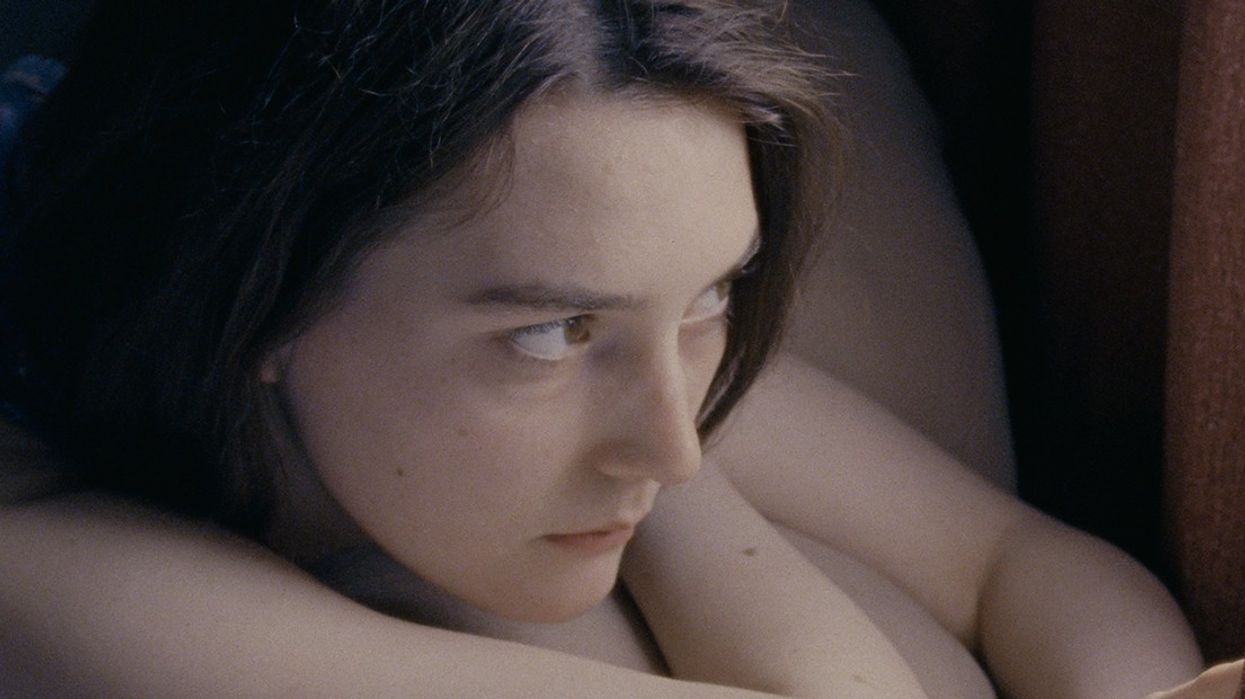
Eliza Hittman knows something that many filmmakers don't: words can kill drama. In her Sundance Special Jury Award-winning premiere, she wields this knowledge to remarkable effect. Never Rarely Sometimes Always is the story of 17-year-old Autumn (Sidney Flanigan), who, due to abortion restrictions in her state, travels from small-town Pennsylvania to New York City to end her unplanned pregnancy. Autumn's cousin and high-school classmate, Skylar (Talia Ryder), accompanies her to Planned Parenthood for what they hope will be a quick procedure. But they find out that the clinic that administered Autumn's ultrasound—an establishment with clear pro-life leanings—gave her incorrect information about her pregnancy, and the abortion will have to be performed over several days. Problem is, the girls have no place to stay and no money to speak of, so they languidly wander the city streets to pass the time.
Despite its verbose title, this is a film of few words. Where another director might have turned the material into a talky melodrama, Hittman's leads communicate largely through body language and behavior. Decisions are made implicitly, through simple cooperative gestures; mutual understanding and support are conveyed through glances. Hittman's spare screenplay avoids sentimentality by omitting explanations and backstories entirely. She trusts her audience to understand that the details of Autumn's situation are less important than the way they make her feel. Although we have little access to Autumn's inner life for much of the film, her sullen, impenetrable demeanor breaks open in the film's most harrowing scene (and the one that lends the film its title). Filmed entirely in a close-up one-take, Autumn struggles to answer multiple-choice questions about her sexual and emotional history. ("Your partner has forced you to have sex with him without your consent: Never, Rarely, Sometimes, Always.") Here, Autumn's hard-won defenses come down, and a deep well of trauma plays out across her face. What's left unsaid is, hauntingly, the emotional crux of the film. There's a bracing honesty to this understated portrayal of trauma.
No Film School sat down with Hittman after her film's premiere at Sundance to discuss how she avoided overwriting her characters' dialogue, how her DP built a rig specifically for the film, and more.
"I wanted the movie to be about [the girls'] unspoken connection. There's a sense of intuition between them."
No Film School: In the Q and A, you talked about wanting to walk through the story as you wrote it, rather than do research on a computer. Tell me about that approach.
Eliza Hittman: My father is a cultural anthropologist. My mother is a social worker and ran an outpatient mental health clinic. I think that there's something about what each of them did that's very much inside me. When I was younger, I used to go do fieldwork with my father on a reservation in Northern Nevada. I watched him conduct interviews and try and preserve the language, and immerse himself in a marginalized indigenous community. There's something about that process of fieldwork that I think influenced the way that I approach filmmaking.
For this movie, I wanted to visit pregnancy centers in small towns and have a real dialogue with the women who worked there. I didn't want to villainize them or create a caricature of an evil Christian. I wanted to understand how they communicate. That's very much in the script—some of the dialogue is lifted from those conversations.
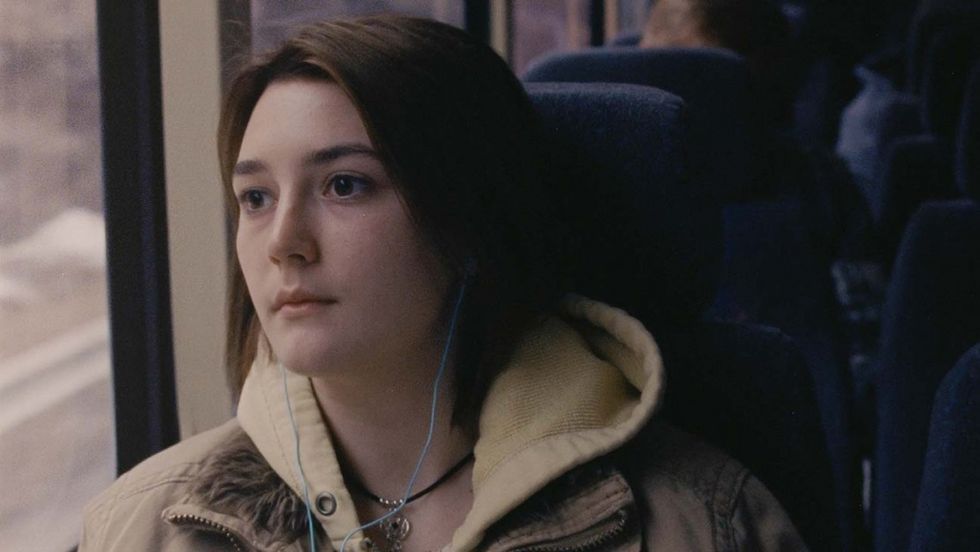
Hittman: I also spent a lot of time talking to people from Planned Parenthood Keystone, and also Planned Parenthood New York. For another point of view, I met with a clinic in Queens called Choices and talked a lot with a social worker named Kelly Chapman. I'm not a person who ingests statistics. I like facts, but I'm a person who absorbs experiences that make an emotional impression on me. And when I was meeting with Kelly Chapman at Choices, one thing that she said to me that really stuck and informed a lot of the script was this: "The abortion is never the crisis. It's the mystery of what's going on at home that you can't fix." That was the approach I took for the film.
"It was important for me to cast somebody who didn't feel like they'd been living in LA for five years."
NFS: There are very few wide shots in this film—it's mostly built of close-ups, so the film hinged upon the performances of the two lead actresses. Tell me a bit about your process with them.
Hittman: I met Sidney [Flanigan] at a backyard wedding in Buffalo, New York, where she's from. I kind of followed her online for a while. She posted a lot of videos of her singing and playing music. This is her first starring role in a film.
I have to say that Sidney didn't get much rehearsal, so there wasn't much of a process. In a way, as a director, I feel that the film was a bit unfair to her because she had never done a movie before, and I didn't give her a moment to build confidence. It weighed on me throughout the shoot.
But she did a beautiful job. She's so sincere in the film. It was important for me to cast somebody who didn't feel like they'd been living in LA for five years. There were a lot of really talented actresses who came in. You learn to build up a certain wall. Sidney and Talia [Ryder] both have an innocence and a sincerity to them.
NFS: It's difficult to pull off a film that doesn't have a lot of dialogue between the two leads. Tell me about your choice not to overwrite their conversations.
Hittman: One of the obstacles that I was up against in writing the script was that I didn't want Autumn to have to explain everything that happened in [the abortion clinic] to her friend. So I chose not to include that. We don't need to hear her explain everything that happened at the doctor's office because it would have held the story back. It would have killed the drama. Instead, I wanted it to be about their sort of unspoken connection, and that there's a sense of intuition between them.
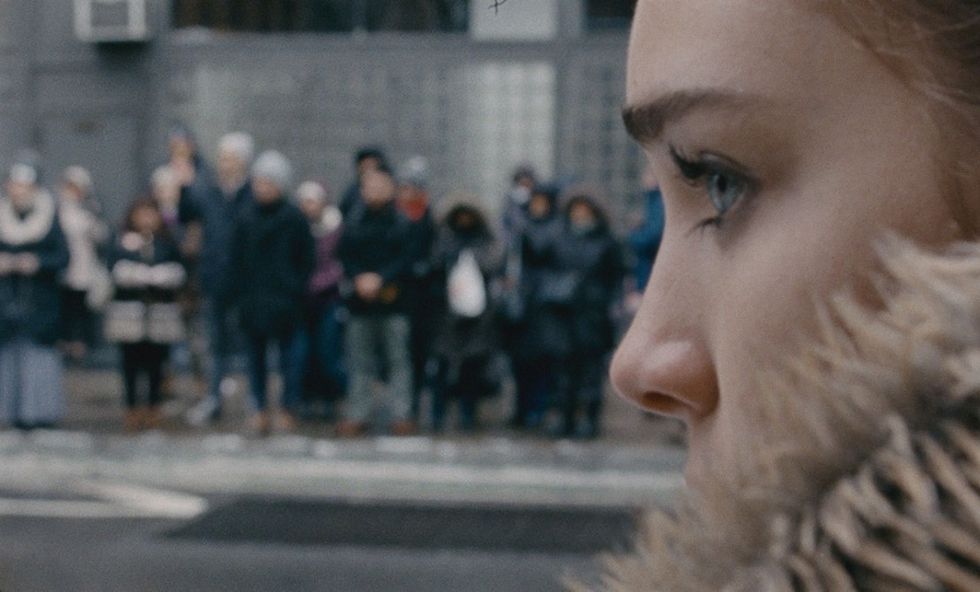
.NFS: That intuition comes through in the performances and in the cinematography. The 16mm is gorgeous. How did you collaborate with your DP?
Hittman: Hélène and I have worked together on two movies. The benefit of that is she knows me very well, and she knows what I like and what I don't like. And I also know her taste and understand what she gravitates towards.
Hélène and I spent probably a week going through the script and making a general shot list. What you see on the screen isn't run-and-gun—although some of the subway stuff is more improvised because we were always trying to get in and out as quickly as possible. But everything is pretty deliberate. It was all about character-motivated movements, but also about how we can always create a subjective shooting strategy and be close to Autumn. I wanted the camera to wide from her perspective. That meant being more aligned with her with regards to the proximity of the camera.
"Hélène built a rig that the film is shot on. Using it, she feels like a fish in the water."
Hélène built a rig that the film is shot on. I don't quite know how to describe it, but it's sort of like there's a spreader on the ground, and the camera is hanging, and it allows her to have the support to operate handheld. But you never feel the movement of the cinematographer. So if I wanted to do a 360 spin, the rig's on a wire, but you would never feel her body behind it shuffling back and forth. So [the cinematography] has a handheld feel, but it erases the presence of the cinematographer, if that makes sense. It's kind of an interesting device to watch her maneuver because she can go up and down and side to side. She can sort of move in any way. The way she describes it is that, when she uses it, she feels like a fish in the water.
NFS: When you think back to the shoot itself, was there a particular scene that was challenging to shoot?
Hittman: I mean, the whole movie was very challenging. It was a lot of locations. Working with a minor, you have restricted hours. Every day, we were in a new location that needed to be lit and dressed. Every day was unpredictable. We weren't just shooting in a country house somewhere where everybody settles in. Everybody was on their toes for the entire shoot.
For more, see our ongoing list of coverage of the 2020 Sundance Film Festival.
No Film School's podcast and editorial coverage of the 2020 Sundance Film Festival is sponsored by SmallHD : real-time confidence for creatives and by RØDE Microphones – The Choice of Today’s Creative Generation


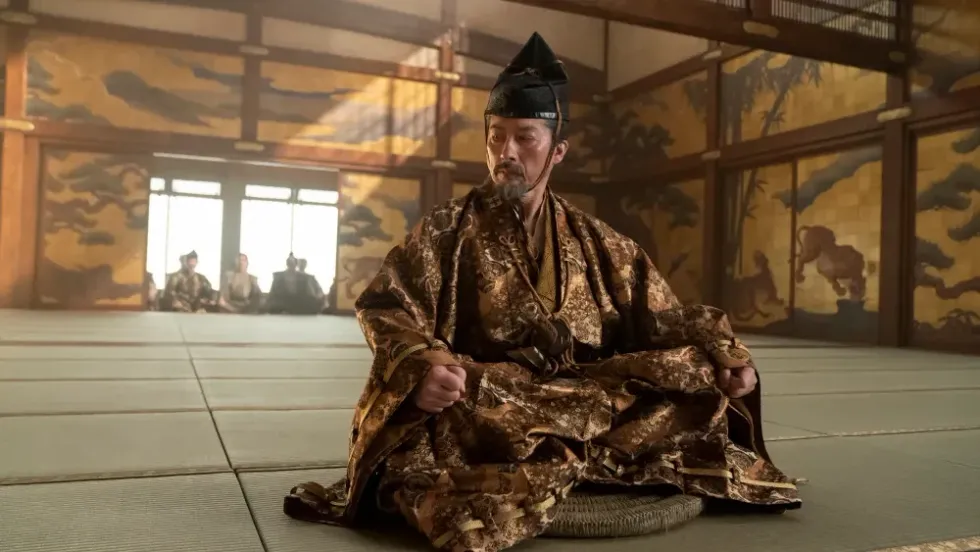 ShōgunFX
ShōgunFX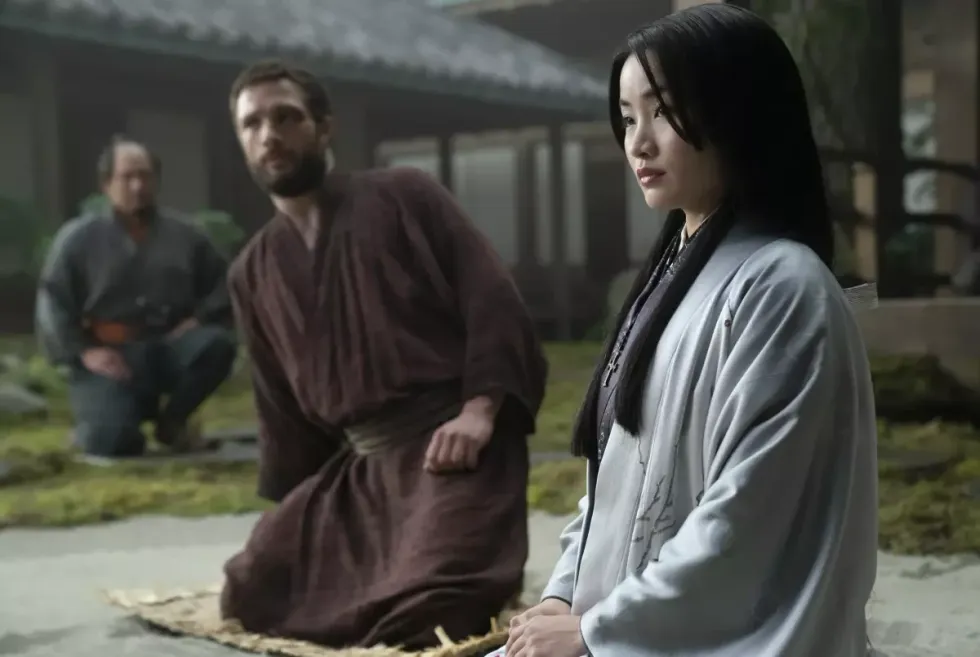 ShōgunKatie Yu/FX
ShōgunKatie Yu/FX









